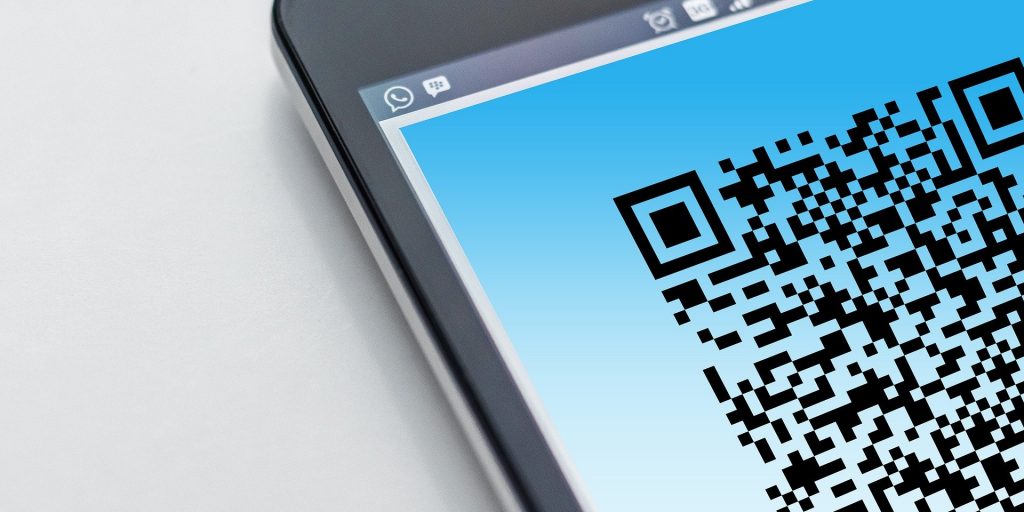Three bill pay fixes to reduce late utilities payments
Millions of Americans fail to pay their utilities bill on time. In fact, a recent bill payment study revealed more than one in four U.S. adults (28 percent) pay their utilities bill late, with 12 percent of them saying they frequently or always pay their utilities bill late. The study also revealed Americans are more likely to delay making a utilities bill payment than delaying their rent, insurance, personal loan, car or mortgage payments.
Delinquent utilities payments are clearly a financial pain point for municipalities, but the root of the problem isn’t always a citizen’s financial situation. Often, late payments are the result of a difficult bill payment process. Case in point: When asked what makes bill payment difficult, U.S. adults responded:
- Remembering logins, passwords and account numbers (52 percent)
- Keeping track of payment due dates (41 percent)
- Navigating poorly designed biller websites (30 percent)
- Having to manually enter payment information (26 percent)
Here are three strategies city and county governments can employ to make bill pay easy and convenient for citizens and, in turn, help reduce late utilities payments.
Automate bill payment reminders to alert citizens of due dates
More than one in five adults (21 percent) give themselves either a poor (“D”) or failing (“F”) grade when it comes to remembering bill due dates, according to the study. Unfortunately, a poor memory often leads to late bill payments.
An obvious solution for fixing the late payment problem is to encourage citizens to set up automatic, recurring bill payments. And that works for the subset of those who opt for autopay. However, there’s still a significant portion of citizens who don’t want to set and forget their utilities payments. Enter payment reminders.
In their simplest form, automated utilities bill payment reminders alert citizens when a payment is due. To get the best results, however, municipal governments need to think beyond a one-size-fits-all approach to payment reminders.
Through a payment platform, utilities providers can send automated payment reminders at predetermined points in the bill pay cycle, such as two weeks before the bill is due, two days prior to the due date, and when the bill payment is one day past due. These messages can be highly segmented based on each citizen’s previous payment behavior, so those with a history of late payments get more reminders or more urgently worded reminders.
A customized smart link can be embedded into reminder messages to send citizens directly to their payment screens, enabling them to complete payments in as little as two taps on their mobile device. This technology allows bill payments right from a phone or computer; citizens no longer need to mail checks, call a customer service agent to pay over the phone, visit a brick-and-mortar office to pay in person or login into a website to pay online.
Make paying utilities convenient and frictionless for citizens
Today’s ecommerce experiences are fast, easy and frictionless, and innovations in ecommerce payments have upped the ante for bill pay. Consumers expect the same level of ease and are dissatisfied when payment processes require more effort. In fact, nearly half of consumers say they wish managing and paying bills was easier, according to the study.
When it comes to paying bills, consumers cite remembering logins, passwords and account numbers as their biggest challenges. Personalized smart links alleviate this issue, as do mobile-friendly payment options such as Apple Pay or Google Pay where payments can be made with a biometrically secured tap of the phone. No need to manually enter credit card details or other personal information.
Utilities providers should take note—these payment types are growing in popularity, especially among younger consumers. For the 18-44 age group, 48 percent are likely or very likely to use Apple Pay or Google Pay to pay their bill, with 40 percent saying it’s important or very important to have this option, according to the study.
Digital wallets can also simplify utilities bill payment for citizens. When citizens store their utilities bill in a digital wallet, they can quickly and easily view their bill statements whenever needed. Payment reminder push notifications remind them when their bill is due and payment is convenient and frictionless because they can pay with mobile-friendly payment methods stored in their digital wallet. According to the study, if given the opportunity, 42 percent of consumers would be likely or very likely to use their digital wallet to store, view and pay their bills from a single place. Utilities providers should look for a payments platform that makes it easy for citizens to add their utilities bill to their digital wallet.
Leverage QR codes on paper bills to transition citizens to electronic payments
Paper bills generally result in payments by mail, phone or in-person. The rise of QR codes, however, presents a unique opportunity to flip the script on paper bill statements.
Including personalized QR codes on hardcopy bills is a simple and effective way to encourage citizens to begin paying utilities bills electronically. When citizens scan the QR code printed on their paper bill statement with their smartphone, they will be immediately directed to their secure payment screen where they can select ACH, debit, Apple Pay, Google Pay, or any other payment type enabled to pay their utilities bill. They don’t need to log in or enter an account number. And, once payment information is stored, citizens may not be required to re-enter their payment information. It can be stored securely for future payments.
Paper statements can also be printed with personalized barcodes that allow citizens to pay their bills with cash at retail stores where they often shop—such as 7-Eleven and Walmart stores. Citizens simply visit a participating store, have the cashier scan the barcode and pay their utilities bill with cash.
Payment technology underpins each of the three strategies. Not all technology is created equal, however. Look for a technology platform that enables your city or county government to implement smart bill pay reminders, leverage QR codes and barcodes to guide citizens to electronic payments, and makes paying bills fast and frictionless. The easier you make the bill payment process, the more likely citizens will pay their bills on time, every time.
Bruce Gaskill is the director of sales at PayNearMe, where he partners with municipalities to increase citizen self-service adoption and satisfaction by allowing citizens to pay how, when and where they want. Prior to joining PayNearMe, Gaskill spent 23 years in online billing and payments starting at CheckFree in 1999 before being acquired by Fiserv, then Bill Me Later in 2007 before being acquired by PayPal. He is a subject matter expert in payment automation, emerging payment technologies and IVR voice user experience design.


















